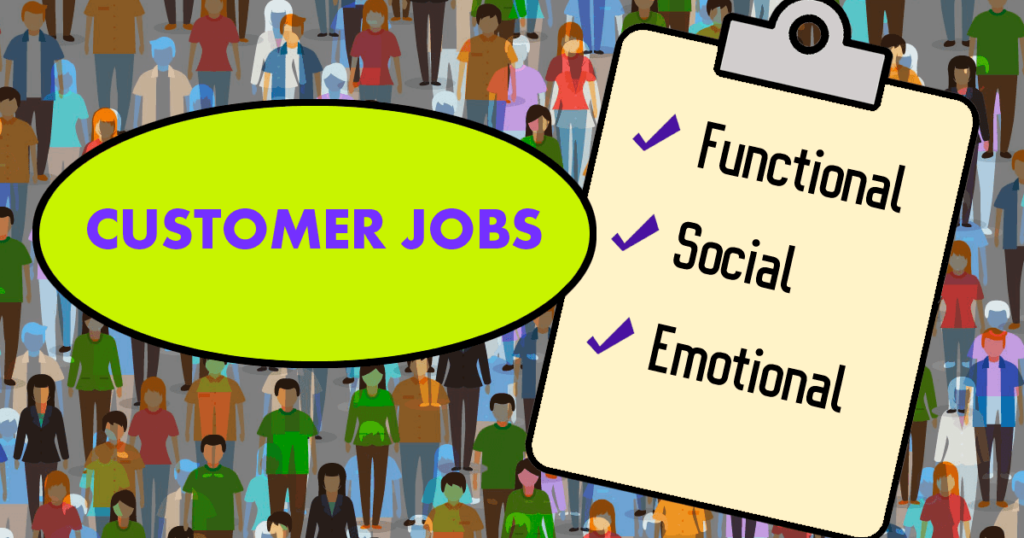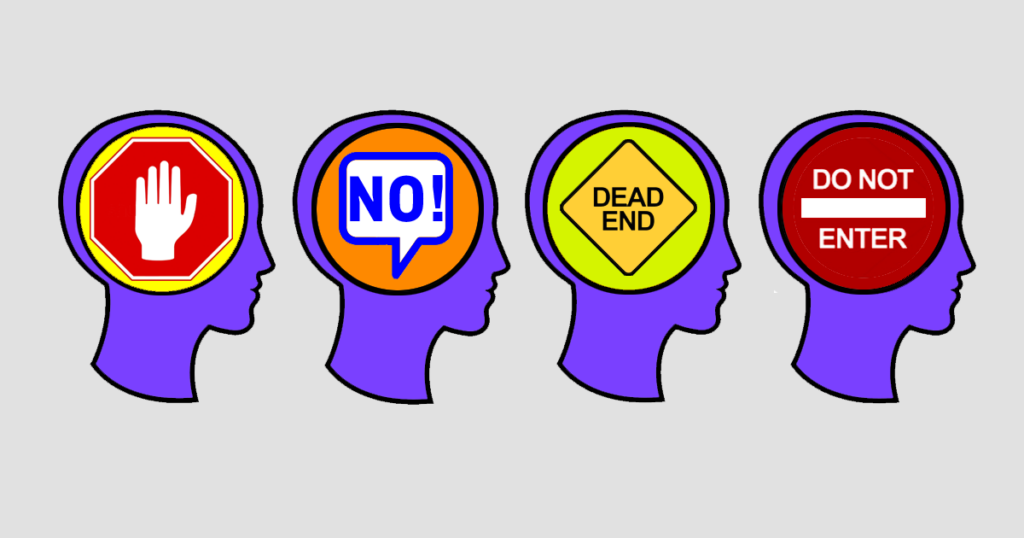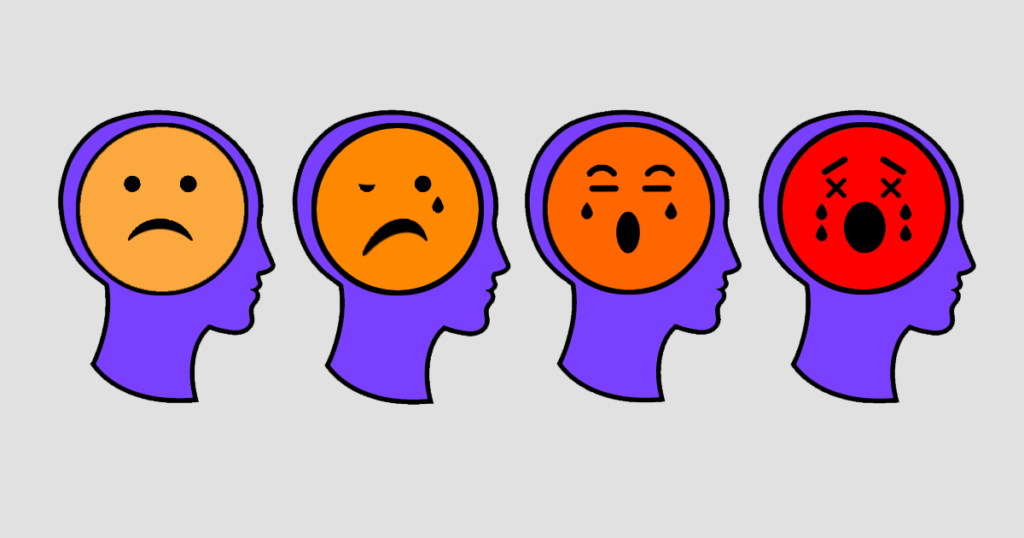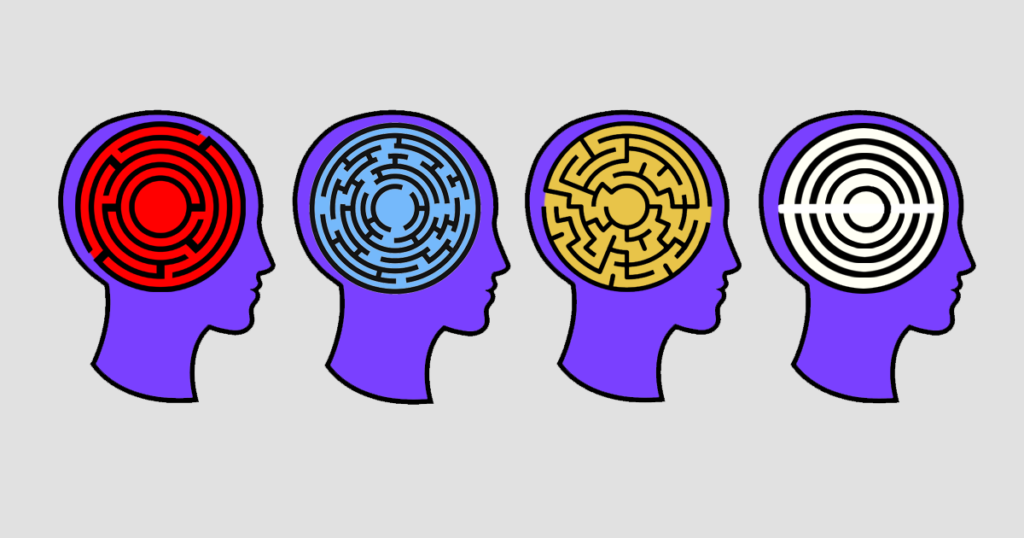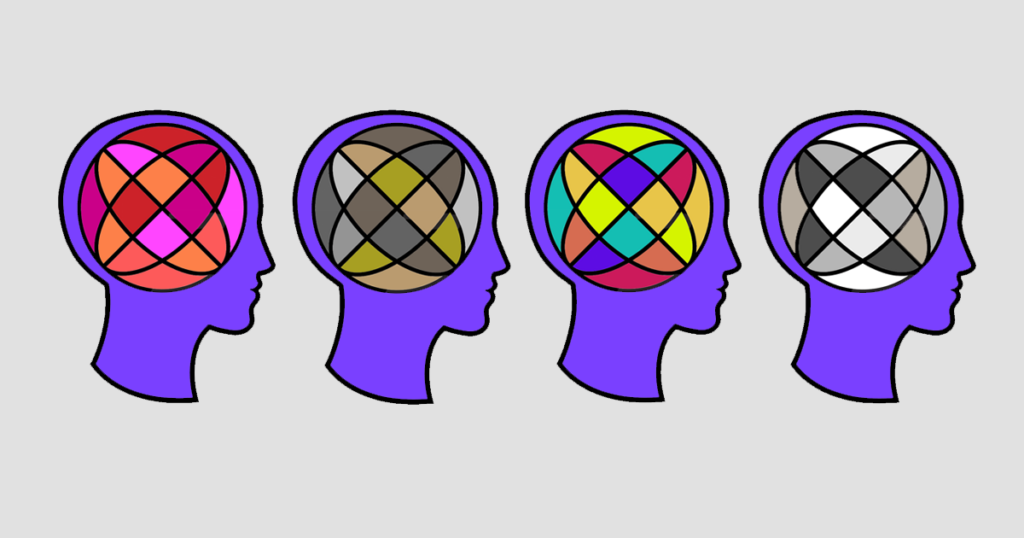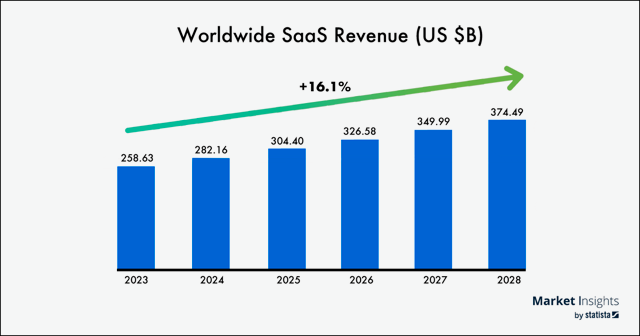Rick Gregg
August 11,2024
2 comments
In my last post, I discussed the importance of uncovering the extreme customer pain of Effort. In part three of this four part series, I will continue my discussion of the four frictions that cause innovation headwinds and prevent your customer from buying. In summary, these frictions are: 1) Inertia (part one), 2) Effort (part two), 3) Emotion (this post); and 4) Reactance.
Why the Best Ideas Produce the Most Anxiety
Emotional friction is the unintended negative feelings that inhibit a new idea or innovation. In their groundbreaking 2022 book “The Human Element,” authors Loran Nordgren and David Schonthal teach us that “emotional friction is the exact opposite of what we intend to do. When introducing a new idea, we hope to trigger positive emotions. We want our ideas to fill people with delight, excitement, confidence, etc. But without our realizing it, our audience often has the exact opposite emotional reaction. Even the most promising idea can unintentionally trigger negative emotions that become significant barriers to adoption. When that happens, those negative emotions are frictions. And, just as with other frictions, the drag of Emotional friction must be addressed before any real change can occur.”
What is Emotion?
So far, we’ve discussed the frictions of Inertia and Effort. I believe that Emotional friction is the trickiest to think about. Why? Because emotion has an almost outsized role over our behavior. Emotion is a subjective experience which makes it tricky. By transforming our thoughts and actions, emotion shifts our attention, changes the way we processes information, and alters which ideas and memories we hold in our mind.
Observing Emotional Friction in the Wild
Emotional friction is often revealed when we observe the full journey of those we hope to serve – the series of events, motivations, and feelings that led to a moment of change, and the events and feelings that will unfold after that decision is made or not made. Examining and comparing multiple user journeys help us shine a light on key moments of friction. This is especially helpful in the identification of Emotional friction, as it rarely represents itself in traditional forms of market research. Once we diagnose these crucial moments and their causes, we can begin to do something about it.
Overcoming Emotion
How closely do we pay attention to the world around us? The phenomenon of not seeing what we are not looking for is called inattentional blindness, and we experience it every day. Think about your last trip to the grocery store. During your mission to hunt down specific items, how attuned were you to the tens of thousands of other products on the shelves that you weren’t looking for? Probably not much at all. Because you weren’t looking for them, you didn’t notice them. They did not fit the mental model of your shopping trip, so they hid in plain sight. It’s the same with Emotional friction. But we should take notice. Addressing Emotional friction isn’t simply about removing a few hiccups from an idea to help it function a little better. Incredible opportunity awaits those who spot the frictions others have missed.
The first step to spotting Emotional friction is to start looking for it. To begin seeing the frictions that hold our ideas back, we need to start noticing them. Most individuals tend to keep negative emotions hidden, especially when interacting with new ideas and new people. They rarely express their authentic feelings of worry or hesitation with clear, introspective language like, “This idea offends me,” or, “Using this new product gives me anxiety,” or, “Our company’s new hire makes me feel insecure.” Instead of seeing the true negative emotions our ideas provokes in others, what we often observe are the symptoms of these underlying feelings – symptoms that may confuse or even contradict the problem. Sometimes a customer’s “anxiety” expresses itself as “disinterest.” Sometimes a colleague’s “anger” shows up as “apathy.” If we only treat the symptoms of these emotional frictions, we would not be able to overcome the cause of someone’s resistance.
Focus on Why
Toyota pioneered a method called the five whys in the 1970s to identify the cause of systemic manufacturing problems before they got out of control. The foundational premise is that the exact cause of any systemic problem is typically five layers beneath the presenting symptoms. This approach is particularly good at spotting emotional resistance. Questions that reveal why people are resistant to new ideas tend to have three features:
- Ask Open Questions. A closed question prompts a brief yes or no answer: “Is price important to your company?” If the entrepreneur asked this question, the client would simply say “yes.” This would just reinforce the price objection and reveal nothing about the true underlying reasons. Open questions don’t lend themselves to one-word answers and are therefore much better at revealing information. “Can you share a little more about your expectations around price, and what it is about the platform that causes you to think twice?” Asking the question this way gets people talking.
- Ask Probing Questions. People are often reluctant to reveal their fears and anxieties. Probing questions ask people to dig deeper into the issue. “What was your last experience like?” subtly nudges people to say more. Asking probing questions doesn’t have to be complicated. The simple phrase “can you tell me more?” works great in most situations.
- Ask Illuminating Questions. Illuminating questions focus on how the new idea might conflict with one’s needs or objectives. “What is it about the platform that causes you to think twice?” is very much an illuminating question. Questions like these help you to discover what it is about the new idea that people find threatening. By asking “Do you recall the elements of our proposal that received the most scrutiny?” we learn that worry over something unrelated to price was the true issue giving us strong clues about how to prevent this friction in the future.
We will be using the four frictions during customer discovery when we develop tests to measure the effectiveness of our customer profile and value proposition for our innovative SaaS offering. Want to learn more? Check out The Human Element book for more information and examples.
The saasmvp Project is dedicated to helping SaaS Entrepreneurs who want to create a repeatable business model that generates revenue with minimal financial risk. We’re excited to help you discover your ideal SaaS customer profile and can’t wait to see what you build!


